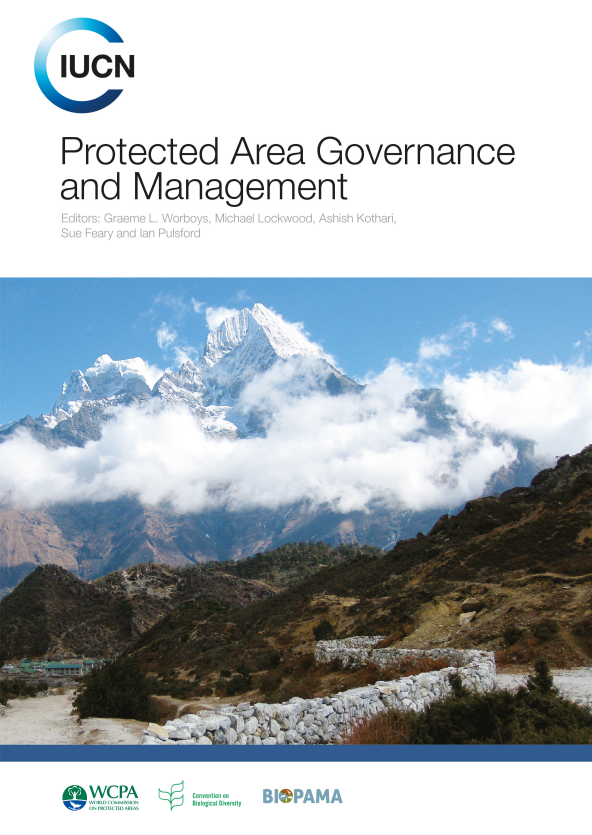
The world’s more than 200 000 protected areas come in many forms, on land and at sea, and occur in every country (Bertzky et al. 2012). They are places that people establish to conserve natural and cultural heritage and to sustain their benefits for society. Among other values, protected areas allow people to connect with nature for their inspiration, education, wellbeing and recreation.
While protecting ecosystems that are essential for life, they can support human livelihoods and aspirations and offer nature-based solutions for the complex challenges faced by the world today. Contemporary systems of protected areas include a great variety of
areas established over generations by diverse actors and for many purposes, yet they have some very important features in common, regardless of their origins or their direction. The International Union for Conservation of Nature (IUCN) definition of a protected area creates a common framework for understanding the essence of the governance and management regimes that are at the heart of every protected area as a ‘clearly defined geographical space, recognised, dedicated and managed, the rough legal or other effective means, to achieve the long-term conservation of nature with associated ecosystem services and cultural values’ (Dudley 2008:8).












